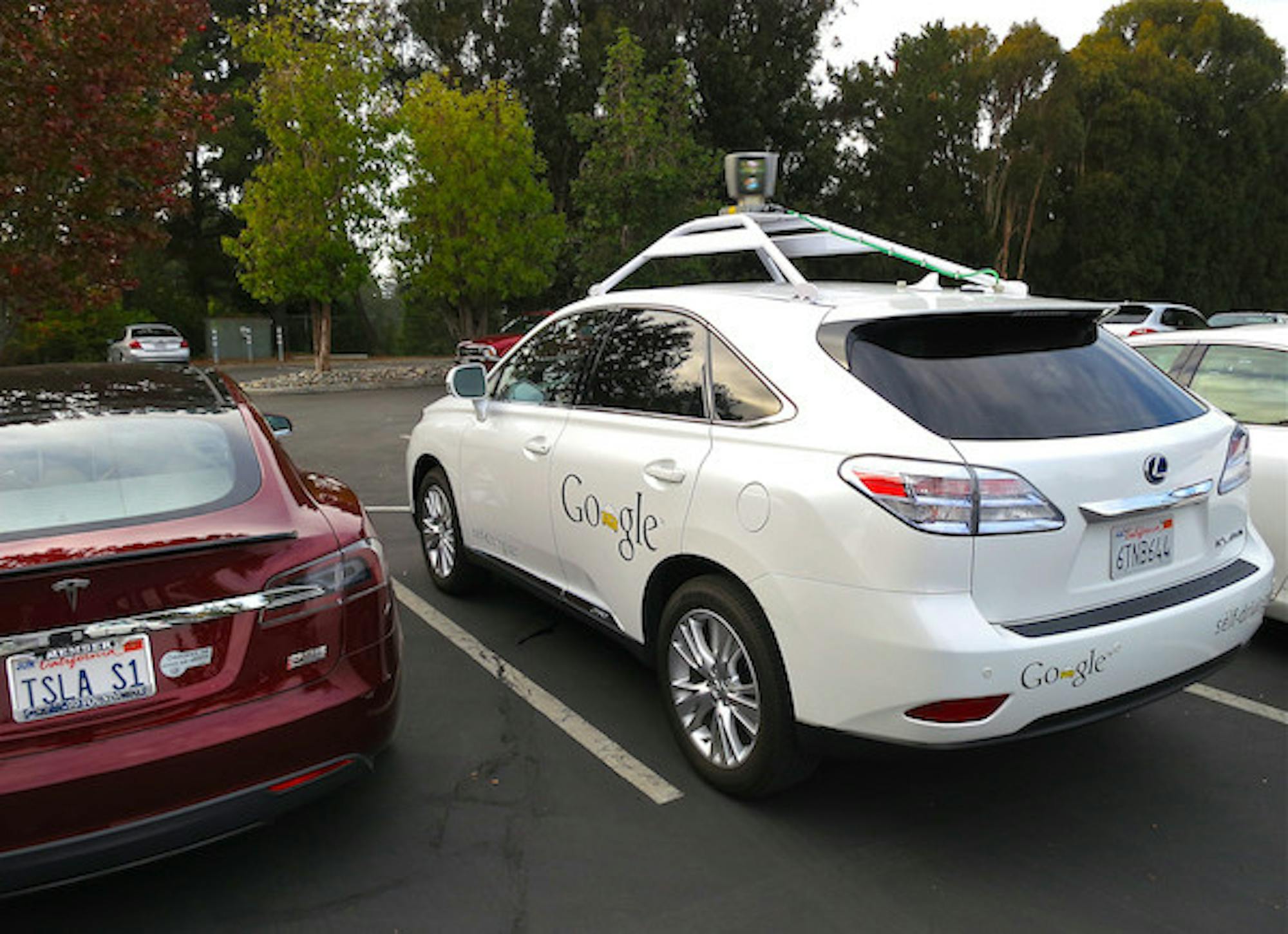Since their expansion across the United States began in 2010,Uber and other ride-sharing apps have been a boon to college students, offering users a means of getting around cities such as Boston relatively safely without breaking the bank. According to eMarketer.com, the number of Americans using ride-sharing or ride-hailing services will grow from 15 million this year to 20 million by 2020, prompting the industry to expand its services. One such development includes Uber's decision to unveil a service utilizing self-driving cars for select customers last week.
The San Francisco-based start-up began rolling out self-driving Ford Fusions in downtown Pittsburgh last Wednesday morning, allowing only frequent Uber riders to summon the specially-equipped vehicles through their smartphones. Out of an abundance of caution, Uber has made sure that a qualified “safety driver” is at the helm of each of their self-driving vehicles. These drivers assume manual control of the car on occasions when the vehicle’s sensors struggle to determine its location or nearby human drivers behave erratically.
Uber has good reason to want to take human drivers out of the equation. Humans cost money to employ and tend to be unpredictable drivers, making calculations far more difficult for other self-driving cars. With human drivers no longer a factor, Uber believes that the ride-sharing service can help make roads safer, ease congestion and bring down costs to allow more users access to a convenient mode of transportation. With the help of seven traffic-light-detecting cameras and a score of lasers scanning the vehicle’s surroundings to create a 360-degree 3D map of the environment, self-driving cars have less trouble avoiding collisions than they do finding the appropriate response to situations such as duck crossings or stretches of road devoid of markings.
Pittsburgh was chosen as the location of the trial partly because of the city’s abysmal driving conditions due to harsh weather, topography and aged infrastructure, according to Raffi Krikorian, engineering director of the Uber Advanced Technologies Center.
“We actually think of Pittsburgh as the double black diamond of driving,” Krikorian said.
Poor road conditions may also have played a role in Uber’s recent announcement of plans to set up a research center in Detroit later this year.
While Uber may be the first to make its technology available to the public, the self-driving car industry is rapidly crowding with major corporations. Google and Ford Motor Company aim to go even further than Uber with their plan to build cars that are fully autonomous — with no steering wheels or pedals at all. Given current attitudes toward self-driving cars, it is unlikely that these vehicles will become available to consumers any time soon. In the meantime, we'll have to settle for cars with self-driving features such as forward collision warning systems that can automatically initiate braking in case the driver fails to react in time.
Self-driving cars suffer from one significant drawback: Much of their proposed safety benefits rely on being able to communicate with and predict the actions of the vehicles around them. Until almost every car is self-driven, traffic accidents will continue to be a common occurrence. Even if every vehicle rolling off the assembly lines today came with free self-driving software and equipment, Americans' concerns about road safety and potential software glitches in the cars' software will not disappear overnight. Poll data of registered American voters in 2016 showed that 43 percent of them believe autonomous cars are not safe, and 63 percent said they are unlikely to buy or lease a car with self-driving features within the next 10 years. Younger voters aged 18-29 were generally more comfortable with the idea of self-driving cars than those of their parents’ or grandparents’ generation, so car manufacturers may have to play the waiting game until attitudes change.
For the moment, a living, breathing person at the wheel provides a sense of security where an empty driver’s seat does not. Aside from the safety factor, having a human driver present adds a social element to the ride. Although the conversations between driver and passenger may be brief, replacing humans with machines would mean fewer friendly greetings in an age when they are becoming increasingly scarce. As Uber continues to expand this trial service in other cities across the country only time will tell whether this sentiment could be changing.
Uber ushers in the age of the self-driving car with Pittsburgh trial run






